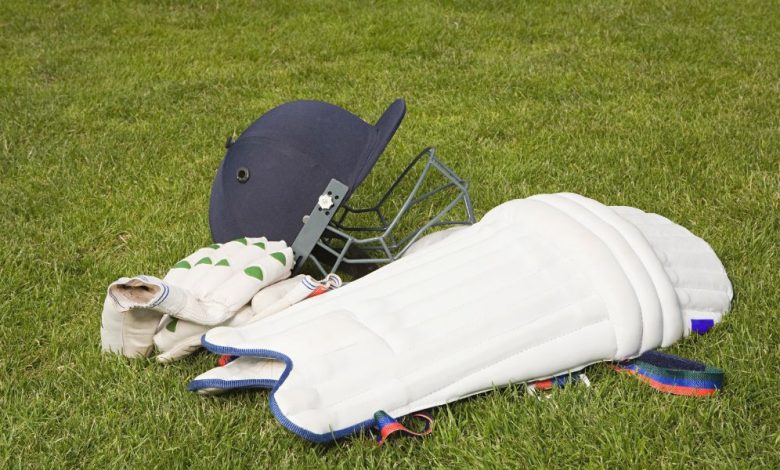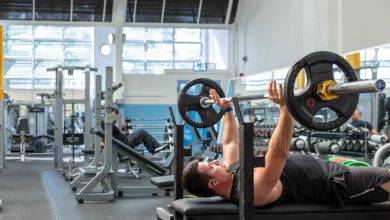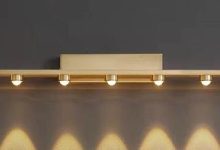Cricket Helmets: A Comprehensive Guide to Safety and Performance
Cricket Helmets: A Comprehensive Guide to Safety and Performance

Cricket is a thrilling sport that demands not only skill but also proper safety measures. Among the essential protective gear, cricket helmets play a critical role in preventing injuries, especially head trauma. Whether you are a beginner or a professional cricketer, understanding the importance of helmets, their design, and how to choose the right one can make a significant difference in your performance and safety.
In this article, we will explore the importance of cricket helmets, their features, types, and what to consider when purchasing one to ensure maximum protection and comfort.
Why Cricket Helmets Are Crucial
In modern cricket, where bowlers often reach speeds exceeding 140 km/h (87 mph), the danger of being hit by the ball is very real. Without proper headgear, players are at risk of serious injuries such as concussions, skull fractures, and facial injuries. Cricket helmets are designed to absorb and distribute the impact force, reducing the risk of severe injury.
The International Cricket Council (ICC) and national cricket boards now mandate helmets for players, particularly for batsmen, wicketkeepers standing up to the stumps, and close-in fielders. This shift towards compulsory helmet use reflects the importance of player safety.
Key Features of Cricket Helmets
Choosing the right cricket helmet involves understanding the key features that make them effective in ensuring safety and comfort.
1. Shell Material
The outer shell of a cricket helmet is usually made of high-impact materials like polycarbonate or fiberglass. These materials are lightweight yet durable, offering excellent resistance to fastball impacts.
2. Grill or Faceguard
The front of the helmet is equipped with a grill or metal faceguard to protect the face from incoming deliveries. The grill is typically adjustable to suit individual preferences, ensuring that the gap between the peak and grill is minimized to prevent the ball from squeezing through.
3. Internal Padding
The interior of a cricket helmet is lined with foam padding that provides a snug fit and absorbs impact. High-quality padding not only enhances safety but also makes the helmet comfortable to wear for long hours on the field.
4. Ventilation
Cricketers often play in hot and humid conditions, making ventilation a crucial feature. Good helmets have strategically placed vents that allow airflow to keep the player cool during long innings.
5. Chin Strap and Adjustability
A chin strap ensures that the helmet stays securely in place during play. Many helmets also feature adjustable mechanisms, such as size regulators at the back, allowing players to customize the fit for maximum comfort.
Types of Cricket Helmets
Several types of cricket helmets are available, each designed for specific playing positions and preferences.
1. Batsman Helmets
These helmets are designed with a focus on full-face protection, including a sturdy grill. Batsmen helmets are built to withstand fastball impacts, ensuring that the player’s head and face are well protected.
2. Wicketkeeper Helmets
Wicketkeepers standing up to the stumps are vulnerable to edge shots and deflections. These helmets offer lower face protection, often with a smaller grill, as they need to provide better visibility and agility.
3. Fielders’ Helmets
Close-in fielders, such as those at silly point or short leg, are exposed to fast reflex catches and deflections. Helmets designed for fielders are lightweight and offer a combination of comfort and protection without obstructing movement.
How to Choose the Right Cricket Helmet
Choosing the correct helmet requires a balance between safety, comfort, and personal preference. Here are some key factors to consider when buying a cricket helmet:
1. Size and Fit
A well-fitted helmet should sit firmly on the head without being too tight or loose. It should cover the forehead and rest just above the eyebrows. Some helmets offer size adjustment features to fine-tune the fit.
2. Safety Standards and Certification
Ensure that the helmet meets international safety standards, such as the BS7928:2013 certification, which is recommended by the ICC. Certified helmets undergo rigorous testing to ensure they offer adequate protection.
3. Weight and Comfort
Heavy helmets can cause discomfort during extended periods of play. Look for a helmet that is lightweight but still provides the required level of protection. Additionally, check for features like breathable padding and adjustable chin straps for added comfort.
4. Brand and Budget
There are several reputable brands in the market, such as Masuri, Shrey, and Gray-Nicolls, offering high-quality helmets. While it is essential to stick to your budget, prioritize safety and quality over cost when purchasing a helmet.
Maintenance Tips for Cricket Helmets
Proper maintenance can extend the life of your cricket helmet and ensure it continues to offer optimal protection.
- Clean Regularly: Wipe the helmet’s exterior with a damp cloth to remove dirt and sweat. Avoid using harsh chemicals that may damage the material.
- Inspect for Damage: Regularly check for cracks, loose grills, or damaged padding. Replace the helmet if it shows signs of wear or if it has been hit by a fastball.
- Store in a Cool Place: Keep the helmet away from direct sunlight or extreme heat, as this can degrade the materials over time.
- Replace After Significant Impact: If the helmet absorbs a significant blow, it may have hidden structural damage. It’s recommended to replace it even if no visible damage is present.
Conclusion
Cricket helmets are an indispensable part of modern cricket, ensuring that players stay safe while performing at their best. With advancements in technology, today’s helmets offer a combination of lightweight materials, superior comfort, and exceptional safety features.
When choosing a cricket helmet, it is crucial to focus on fit, safety standards, and comfort to make sure you are adequately protected on the field. A well-maintained helmet can make all the difference in preventing injuries and giving players the confidence to focus entirely on their game.
Investing in the right cricket helmet is not just about following regulations—it’s about safeguarding your future in the sport. Whether you are a seasoned cricketer or just starting your journey, wearing the appropriate helmet is a small but crucial step toward enjoying cricket safely.









